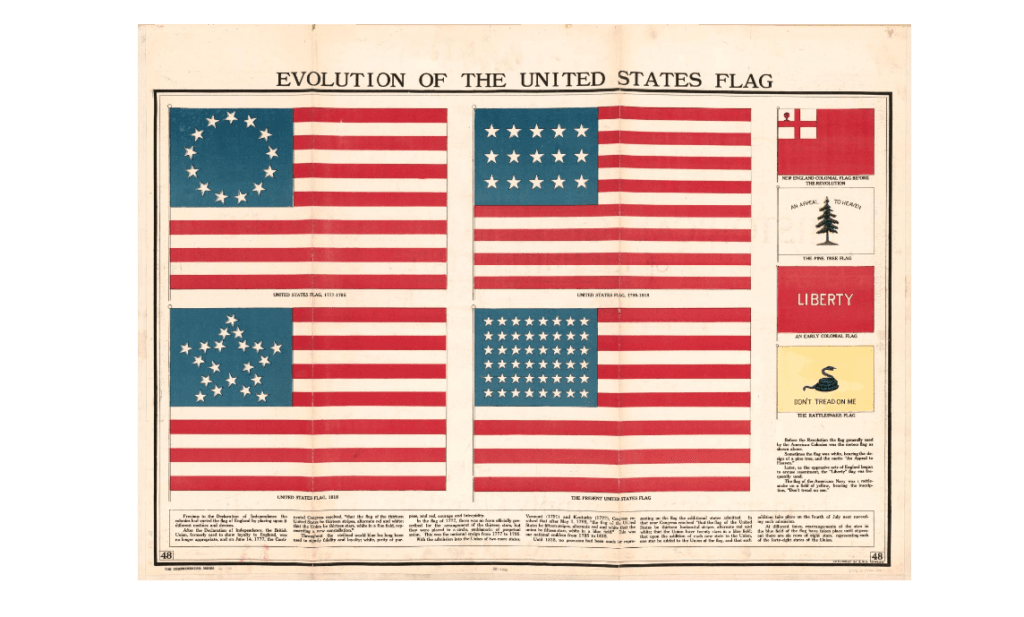Re: “Lawmakers need statewide lithium plan, says conservation group,” Feb. 20:
As a retired exploration geologist, I’ve noted multiple articles on the recent lithium boom to be misleading. Most recently, the article by the Nevada Current’s Jeniffer Solis presents a very misleading picture of the lithium “boom,” leaving the reader to believe that legislative and regulatory reforms are needed. Although there are certainly places where resource extraction should be prohibited, the vast majority of these are already withdrawn as wilderness areas, wildlife refuges, cultural sites and other off-limits sites.
The article begins by stating that there are more than 80 proposed lithium projects in Nevada, failing to note the status of any project. Currently one new lithium mine is under construction, and one project is in the process of mine permitting. A small number are conducting early-stage drilling under BLM and state permits. Most are simply lithium prospects staked by small companies or individuals. Many never reach the initial drill stage, and very few prove viable beyond initial drilling.
As exploration geologists, we don’t get to choose where a mineral deposit occurs; we follow geological clues to find the very few deposits that can be extracted economically. The Tonopah area is a lithium exploration hot spot due to the favorable geologic environment. The Town of Tonopah was built on silver-gold deposits discovered there in the early 1900s, and this geological environment is also favorable to host other deposits including copper, molybdenum and lithium.
Oversight from multiple agencies
Solis claims that “according to the Association of State Geologists, the United States lacks an effective process for gathering, organizing, compiling or publicly sharing geologic data that would help in the identification of valuable mineral deposits.” While there is much room for improvement, multiple agencies with appropriate expertise are charged with these tasks.
The United States Geological Survey (USGS) is the principle federal agency with that responsibility; Congress recently appropriated funds for that purpose. The Nevada Bureau of Mines and Geology (NVBMG) and Nevada Division of Minerals cooperate with the USGS and several State entities (including UNR, UNLV, and DRI) to conduct detailed geologic evaluations which better define prospective areas and historic mine sites for valuable resources (metals, geothermal).
In addition to the geological surveys, the USGS, U.S. Fish and Wildlife Service and Nevada Division of Wildlife are charged with ecosystem management and protection of threatened and endangered species. All of this data is public and available via the UNR library, USGS and NVBMG and other websites. Regulators, mining companies and the general public rely extensively on this data to begin the more rigorous search for resources of interest, in addition to environmental or cultural concerns.
Federal and state permitting begins before the first exploration disturbance can occur. For initial exploration projects with minimal disturbance (less than five acres), this is typically a 15-day review of the project and its potential impacts on biological, cultural and other resources; protective measures are stipulated. If the initial work produces encouraging results, additional permitting requires detailed biological, cultural and other surveys conducted by independent experts. Results of these studies are compiled into environmental assessments or environmental impact statements under the direction of the BLM or U.S. Forest Service and multiple state agencies. Under an exploration plan of operations, disturbance remains limited and timing of activities may also be significantly restricted. These more advanced permits typically require a minimum of 18 months to prepare prior to allowing additional disturbance. Assuming that exploration successfully defines a viable project, mine permitting requires additional studies and review, tacking a minimum of 18-24 months to the timeline for a small, minimal impact operation.
No ‘shortcuts’ exist
Permitting of exploration and mining projects is increasingly difficult throughout the West, due in part to lawsuits filed by activist groups, including Patrick Donnelly’s Center for Biological Diversity. The CBD claims to support domestic mining so long as it is “done in the right places and with the right techniques. We oppose business-as-usual mining, dewatering of open pits, pit lakes, excessive water consumption, extinction of species or severe degradation of habitat, and regulatory shortcuts …”
There are no regulatory “shortcuts.” As noted above, the permitting process begins with identification and avoidance of sensitive areas during exploration and appropriate mitigation prior to mining. Mitigation may include permanent avoidance of certain areas.
A reality check is in order for minerals to drive a “green transition,” as lithium is not the only critical metal needed. Mining of copper, nickel, cobalt, manganese will all need to be dramatically increased as well for production of batteries and other resource intensive items. Ultimately, the solution to determining where responsible mining occurs is through appropriate geological, biological and cultural studies. Appropriate funding and prioritization of the state geological surveys is critical to this objective.
Karl Marlowe is a recently retired mineral exploration geologist and lifelong outdoorsman.
Have your say:How to submit an opinion column or letter to the editor













